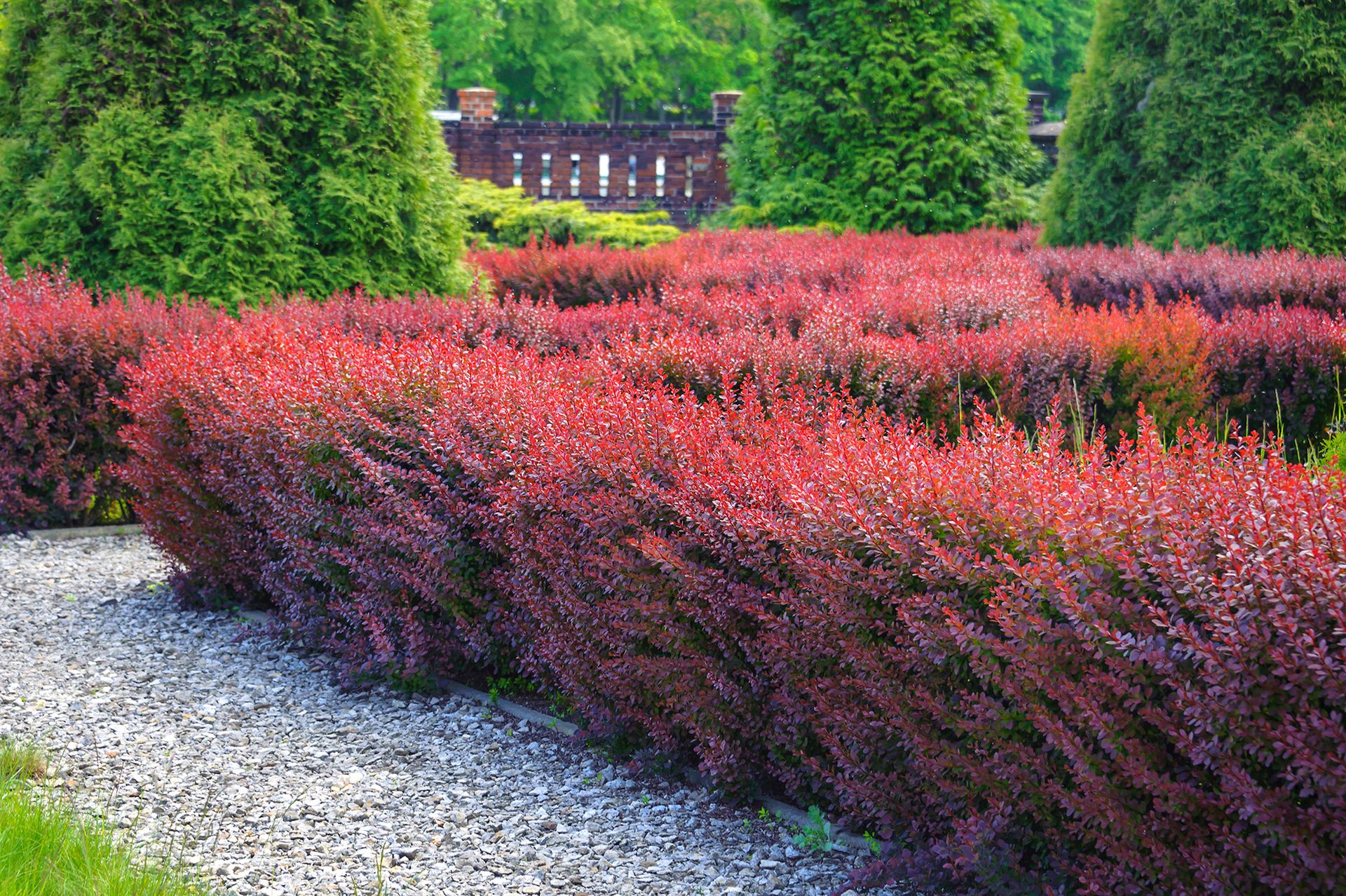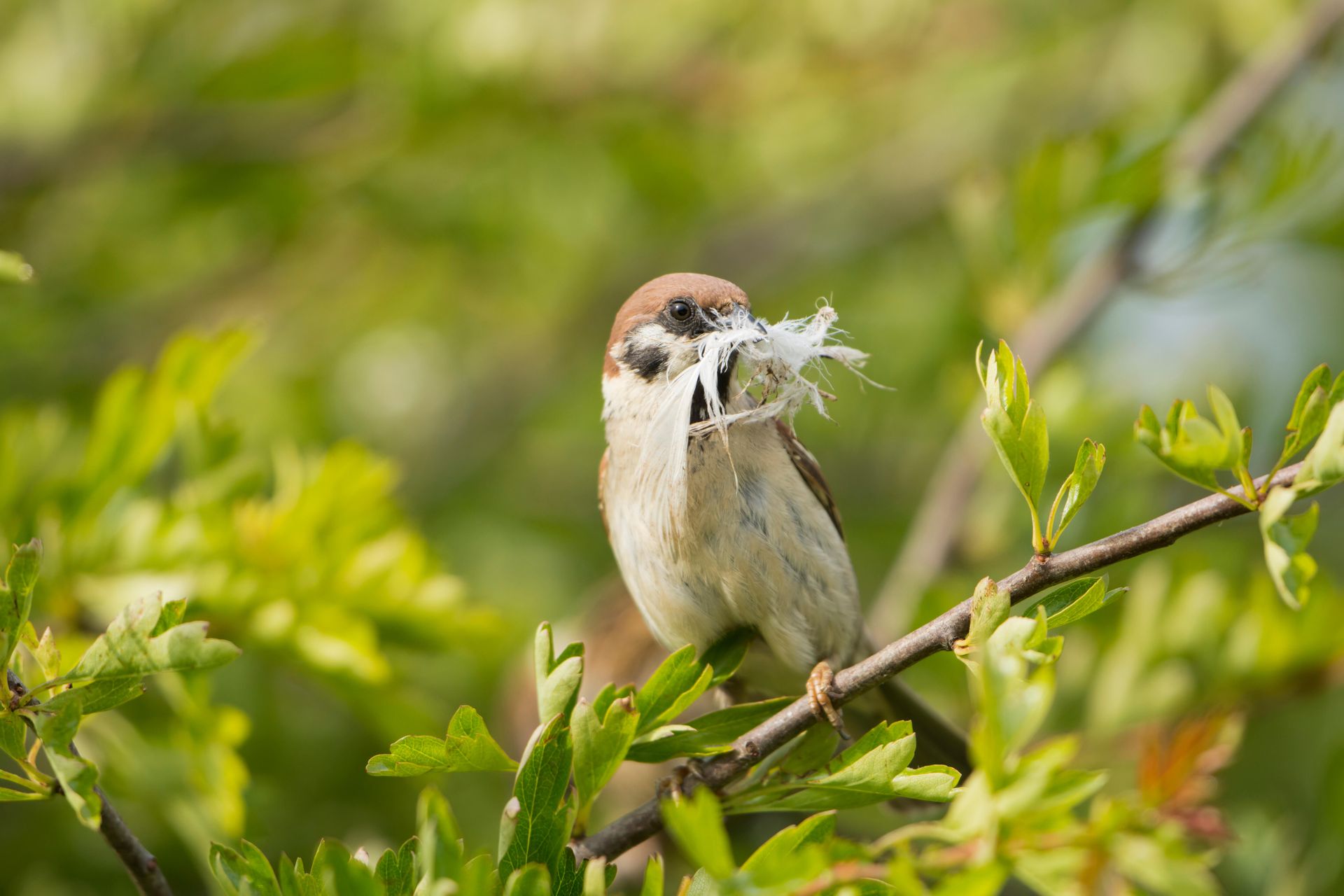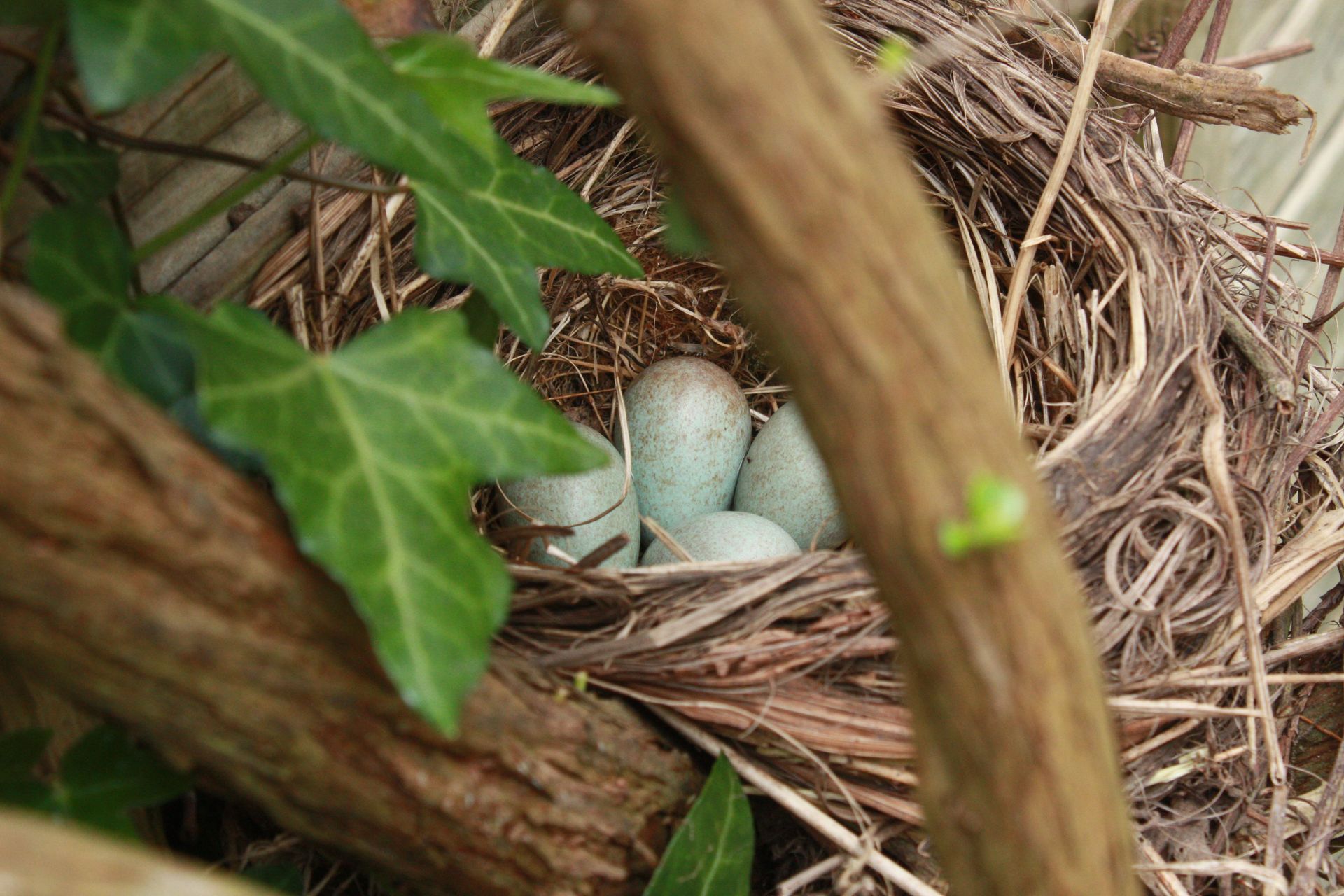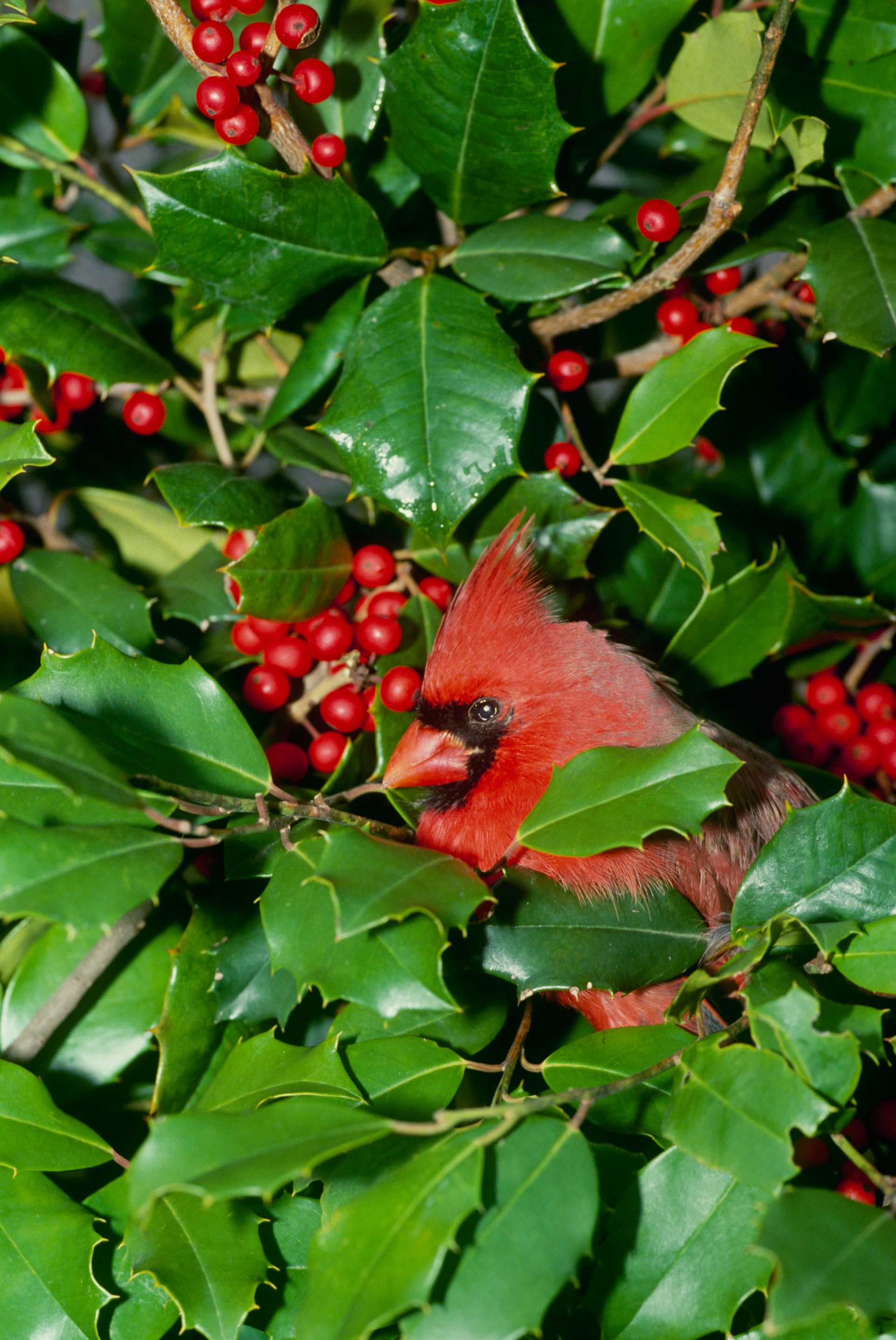If you are attempting to make your backyard a lot more eco-helpful, planting a hedge for wildlife is one particular of the simplest nevertheless most successful matters you can do.
An a must have addition to wildlife garden ideas, planting a hedge will give birds and other checking out insects and animals a beneficial source of foods and habitat.
‘When wanting to embrace sustainable backyard strategies, plant hedges for your boundaries around fences each and every time. Hedges are good for wildlife, and the environment, as well. They deliver a habitat and take in air pollution. Use mixed wildlife hedging in rural regions and dense evergreens in the urban setting,’ advises H&G‘s back garden professional Leigh Clapp.
Leigh Clapp is a experienced photographer with in excess of 25 decades expertise, principally as a garden expert photojournalist. She delights in exploring gardens, identifying the little features to their general essence and assembly lots of enthusiastic gardeners along the way. Leigh’s operate seems in magazines, newspapers and textbooks, such as Feng Shui Back garden Style (opens in new tab), Vertical Gardens (opens in new tab) and From the Garden (opens in new tab), all offered on Amazon.
How to plant a hedge for wildlife
Some of the very best fast-rising hedges are also excellent for wildlife. What is actually a lot more, you can incorporate planting for wildlife with defining the shape and composition of your backyard’s boundaries by planting privateness hedges, as well. Backyard garden fence tips, on the other hand, irrespective of whether wood or steel, limit wildlife highways, protecting against animals from touring from yard to property. Even though you can set up wildlife-welcoming baseboards, these only supply a limited advancement. So, rather, understand how to plant a wildlife hedge to deliver worthwhile food items, habitat, and security for birds and other wildlife.
1. Plant hedges for wildlife at the suitable time
Hedges are greatest planted in spring or fall when the floor isn’t frozen, dry or waterlogged. Plant bare root and root-balled varieties as shortly as they get there or heel in (like when planting roses) right up until prepared to plant. Mobile-developed and potted hedge vegetation can be remaining a very little for a longer time but need to be held watered and be planted right before they outgrow their pots.
2. Opt for the ideal mix of species
A combine of deciduous and evergreens is most effective but avoid mixing far too lots of species – two to three is most effective, planted informally so they all mingle alongside one another as they increase.
3. Mark the hedge line
Mark the hedge line utilizing sand and determine whether to use a solitary or double row. A one row will be more affordable to improve but a double row gives higher impression and privacy.
4. Plant the hedges
‘Cultivate the soil to 12in (30cm) deep, let it settle or tread company and use three vegetation for each property (meter) for a single row and six-eight for a double,’ suggests horticulturalist and author Anne Swithinbank – her most up-to-date publications are obtainable on Amazon (opens in new tab).
If no rain is forecast, water in.
(Graphic credit score: Alamy)
Picking the perfect placement for a wildlife hedge
The major part of a hedge of any variety is to supply privateness. This will dictate the measurement and locale of your hedge and will also guidebook your other back garden privateness suggestions.
‘Plant a hedge at the very least 3ft away from the boundary on your land. This will assistance to stay away from probable complications with neighbors and, if they trim the hedge to your boundary line, the main stems will not be ruined. Do permit house for trimming on your side, also – never fill borders appropriate up to the hedge or you will trample in excess of the plants in entrance when you have to have to trim it,’ describes garden qualified Leigh Clapp.
City vs. rural hedges
When it will come to selecting the greatest hedges for wildlife, it is essential to look at wherever you reside.
You need to have to select crops that will thrive in your backyard’s soil. A failing hedge will not only glance disagreeable but will be of very little profit to wildlife.
‘Urban backyards are often far more susceptible to soaked or waterlogged soils, with water managing off really hard surfaces. Alder (Alnus glutinosa) and Willow (Salix capraea) are very well well worth considering for soaked soils inclined to remaining waterlogged. Urban soils are frequently not as the natural way balanced so it will support to use topsoil and fertilizer to give your crops the most effective opportunity of developing,’ explains Jamie Shipley, managing director at Hedges Direct (opens in new tab). ‘Rural spots are normally far more affected by drought and dry soils. Brachyglottis could be made use of to increase a splash of yellow to drought-susceptible gardens, though Berberis hedge crops can add a huge spectrum of colour to a back garden in need of drought-tolerant hedging.’
It is also a good thought to mix two or a few kinds. Be certain you blend speedy-developing hedge plants, which will fill out your hedge and provide privacy, alongside other hedging crops that produce berries and habitat for birds and wildlife.
(Graphic credit rating: Alamy)
Planting distinctive hedge sorts
When it arrives to developing your hedge there are numerous solutions: pot developed mobile developed root-balled and bare-root. Pot and mobile developed are much more reasonably priced and less complicated to plant but will call for tolerance to set up while root-balled and bare root will offer prompt protection but are extra high priced.
The practicalities of planting your hedge for wildlife will depend on the choice you decide on. ‘For pot-developed and mobile-developed vegetation, your trench needs to be about two times as large as the pots or root buildings. Root-balled and bare-root plants will will need a trench twice as vast as the root framework. For pot-grown plants, plant them at the very same depth as they had been in the pot, or in the situation of bare root and root balled plants, plant to the moist line on the principal stem in which you can see they were earlier planted in the fields. Cell-grown demands an inch of soil over the leading of the roots,’ clarifies Jamie Shipley at Hedges Direct.
Why are hedges superior for wildlife?
Unlike fences, hedges present shelter, protection, and food stuff for wildlife. Once recognized, a hedge can supply the best place for birds to develop their nests and raise their younger, especially if you contain a thorny plant as this will present added protection from predators.
(Graphic credit: Alamy)
What hedge is greatest for wildlife?
‘Consider indigenous hedging to recreate the nearby ecosystem inside of your space as much as probable. Species-loaded, blended hedging will persuade better biodiversity and guidance different forms of wildlife. Deciding upon a wildlife-helpful hedge with spiky foliage, this kind of as Blackthorn or Holly, supplies a bushy habitat that keeps foodstuff resources and nests risk-free from predators, these as cats or other much larger birds.
‘Planting these hedges about the foundation of a hen desk or hanging feeder can also safeguard unsuspecting birds as they eat,’ advises Jamie Shipley at Hedges Direct. ‘Also be absolutely sure to integrate a plant with berries to feed the birds and flowering hedging plants this sort of as Puppy Rose and Hen Cherry which have flowers that draw in bees and butterflies.’
(Image credit score: Alamy)
Is a hedge much better than a fence?
Indeed, a hedge is better than a fence. A hedge delivers increased safety – it is more difficult to climb a spiky hedge than it is to climb a fence. Hedging provides additional advantages to wildlife – providing foods, habitat and safety. Decide for flowering and evergreen types and a hedge will be more aesthetically pleasing than a fence.





